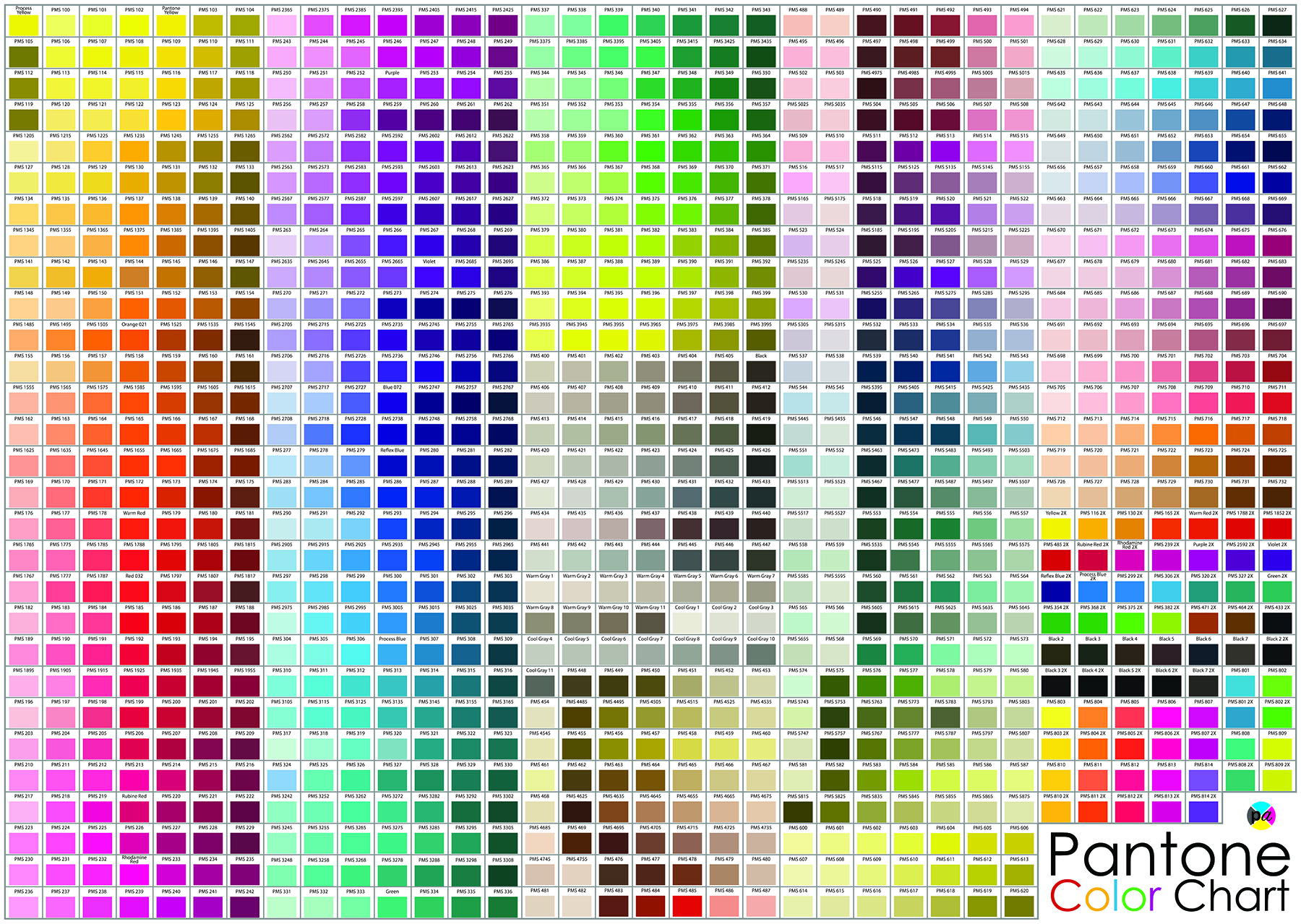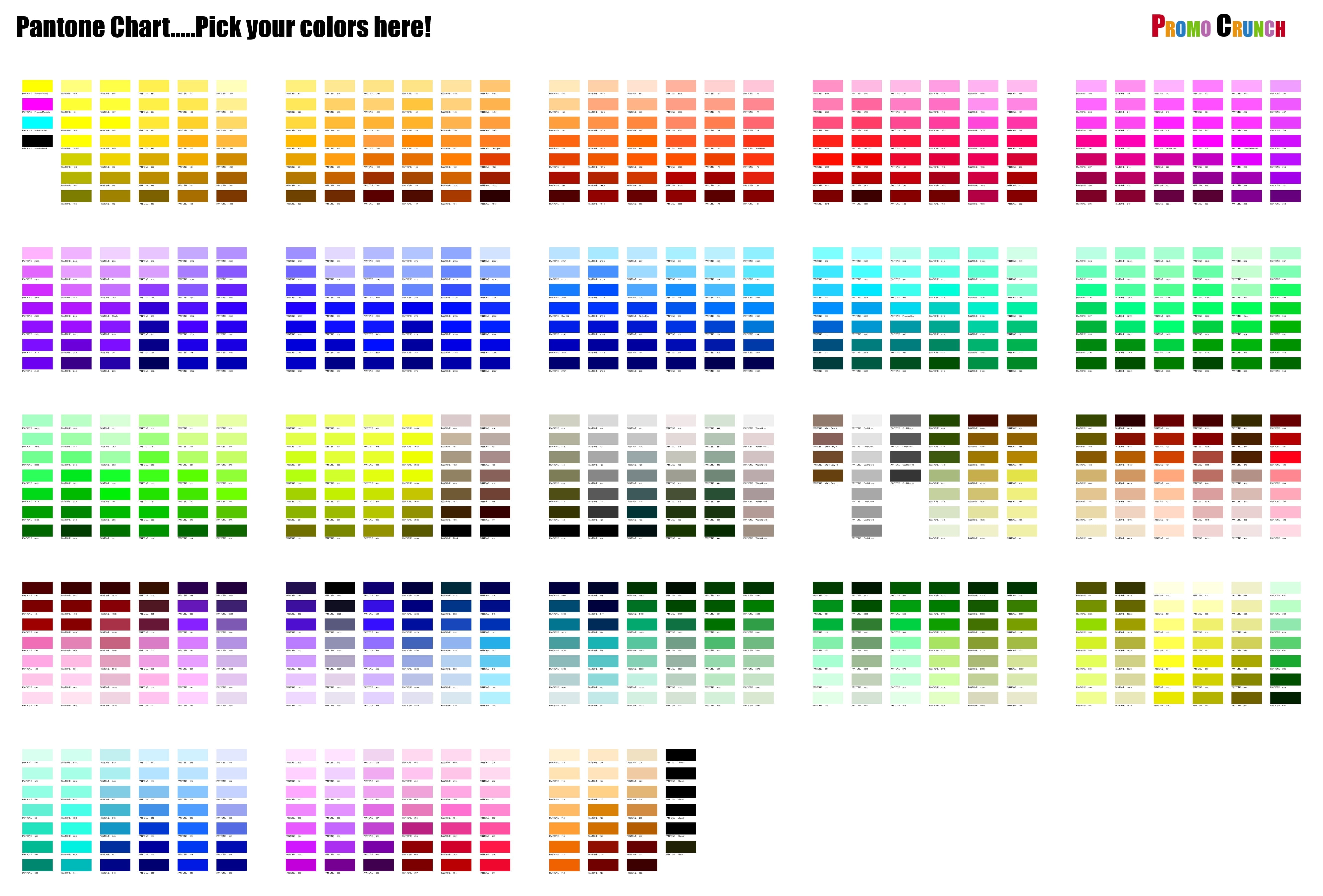

Brands can also finally have color consistency across all of their marketing materials from blimps to billboards, no matter what agency or freelancer they work with, no matter where in the world they’re located. This isn’t just great news for creatives looking to please their clients with one-off projects.

If the client chooses “yellow”, the designer can pass that choice on to the printer who orders that exact ink color, prints with that color, and provides a final product that matches the client’s needs. Thanks to this system, graphic designers can see exactly what “yellow” would look like on paper and provide the printer with the Pantone number to make sure that they got what they wanted.įor the first time, color consistency existed for designers, printers, ink makers, and their clients. In 1963, Pantone (meaning “all colors”, combining pan and tone) developed the first color matching system. And it was never exactly what the designer had in mind.

Some yellows were darker than others some were more orange and some were more green. What is Pantone?īefore Pantone, every printing company had their own color guide “yellow” was printed differently depending on how each individual ink company interpreted that color to look. It’s like saying something is heavy how heavy do you really mean? If a client points to the sun and says “that’s the color yellow I want my ad design to be”, it’s hard to be sure you perceive that color in the same way. This problem is tough for everyone, especially graphic designers. We have a seemingly endless amount of colors to choose from and a simultaneously limited vocabulary to describe them. Imagine how many times a designer and printer have to go back and forth until the yellow that the printer produced was the exact yellow in the designer’s mind.


 0 kommentar(er)
0 kommentar(er)
